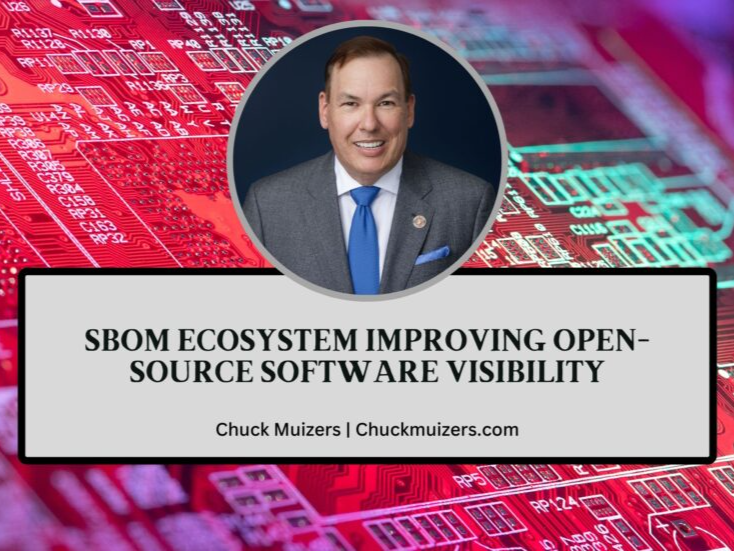Data Analytics and Fighting Fraud
Data Analytics and Fighting Fraud

In the ever-evolving landscape of fraud, government agencies face significant challenges in protecting public funds and ensuring financial integrity. Traditional fraud detection and prevention approaches often fall short of keeping pace with the sophisticated tactics fraudsters employ. However, with the advent of advanced analytics, government agencies now have a powerful tool to transform how they fight fraud. Advanced analytics is revolutionizing fraud detection and prevention, empowering agencies to stay one step ahead of fraudsters.
The Power of Data and Advanced Analytics
Data has become a valuable asset in today’s digital age. Government agencies collect vast amounts of data from various sources, including financial transactions, public records, and digital interactions. Advanced analytics leverages this data to uncover hidden patterns, anomalies, and suspicious activities that indicate potential fraud. By applying advanced statistical models, machine learning algorithms, and artificial intelligence techniques to large datasets, agencies can gain deeper insights and make data-driven decisions to mitigate fraud risks.
Identifying Fraud Patterns and Anomalies
Traditional rule-based fraud detection systems often rely on predefined rules that capture known fraud patterns. However, fraudsters constantly adapt their tactics, making it challenging for rule-based systems to keep up. Advanced analytics, on the other hand, can detect emerging fraud patterns and anomalies that may go unnoticed by traditional methods. By analyzing historical data and detecting unusual behavior in real time, agencies can identify suspicious activities and take proactive measures to prevent fraud.
Predictive Analytics for Fraud Prevention
One of the most significant advantages of advanced analytics is its ability to predict and prevent fraud before it occurs. By analyzing historical fraud patterns and combining them with other relevant data, agencies can develop predictive models identifying high-risk individuals or entities. These models can assess the likelihood of fraud occurrence and assign risk scores to prioritize investigation and intervention efforts. Proactive fraud prevention measures can help agencies save substantial resources and minimize the impact of fraudulent activities.
Network Analysis and Linkage Detection
Fraudsters often operate in complex networks and exploit connections between multiple entities. Advanced analytics enables agencies to analyze networks to uncover these hidden relationships and detect potential collusion or organized fraud schemes. By examining data such as financial transactions, communication patterns, and shared addresses, agencies can identify suspicious linkages and proactively investigate potential fraud networks.
Real-Time Monitoring and Alerts
Timeliness is crucial in fraud detection and prevention. Advanced analytics platforms provide real-time monitoring capabilities that continuously analyze data streams for fraudulent activities. By implementing automated alerts and triggers, agencies can be promptly notified of suspicious transactions or behaviors, allowing them to take immediate action. Real-time monitoring enables agencies to intervene before significant losses occur, preventing fraudsters from exploiting vulnerabilities.
Enhanced Accuracy and Efficiency
Manual fraud detection processes are time-consuming, resource-intensive, and prone to human error. Advanced analytics automates and streamlines these processes, improving accuracy and efficiency. By eliminating manual data analysis and focusing on high-risk cases, agencies can allocate their resources more effectively and investigate fraud cases promptly. The enhanced accuracy of advanced analytics reduces false positives, ensuring that legitimate transactions are not mistakenly flagged as fraudulent.
Collaboration and Data Sharing
Fraud is a complex and multifaceted issue that often requires collaboration among multiple agencies and stakeholders. Advanced analytics platforms facilitate data sharing and collaboration by providing secure environments where agencies can exchange information and insights. By pooling resources and expertise, agencies can gain a holistic view of fraud trends, detect cross-agency fraud schemes, and collectively combat fraudulent activities more effectively.
Advanced analytics has emerged as a game-changer in the fight against fraud for government agencies. By harnessing the power of data and applying sophisticated analytical techniques, agencies can detect fraud patterns, identify anomalies, predict potential fraud, and proactively prevent fraudulent activities. Real-time monitoring, network analysis, and collaboration strengthen agencies’ fraud detection and prevention efforts. As technology continues to evolve, the application of advanced analytics will play an increasingly vital role in safeguarding public funds, protecting financial integrity, and staying one step ahead of fraudsters.
This article was originally published on Charles Muizers' website.








